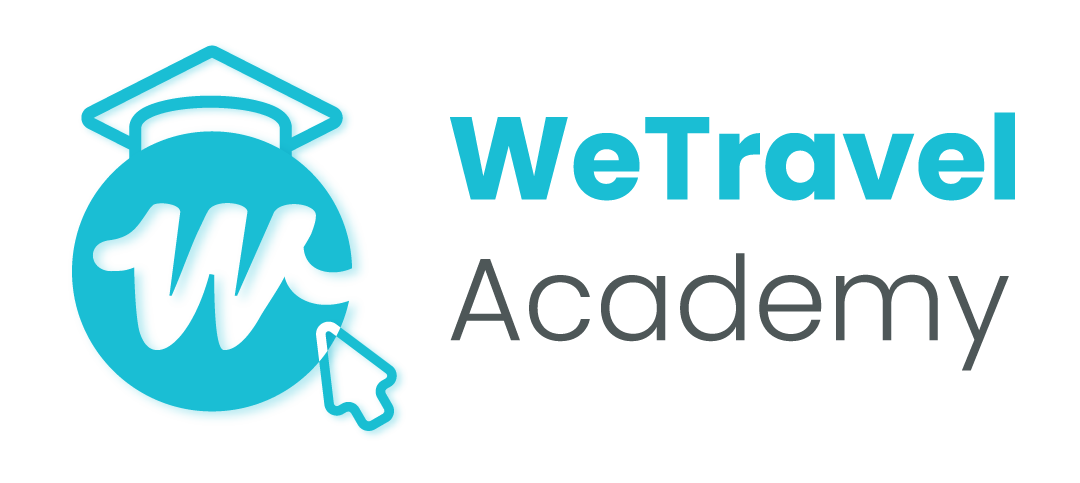According to Co-Schedule, marketers who set goals are 376% more likely to report success when compared with those who don’t outline any. Similarly, organized marketers are also 397% more likely to say their efforts are successful than those who don’t go in with a plan.
The reality is, having a digital marketing plan helps you to be more intentional in your efforts to promote your travel business or products. Mapping goals, outlining strategies, and measuring outcomes allow you to gauge the effectiveness of every action, and gain better insight on how to maximize your spend on time and budget.
To give you a head start, we have put together an 8-step guide to creating an online marketing plan for your travel business.
Download FREE eBook
The Ultimate Guide To Scaling Your Tour Operator Business
A 150-page guide that covers everything from establishing a winning travel brand to delivering a market-leading service
Step By Step Guide To Creating A Digital Marketing Plan For Your Travel Business
1. Create A Buyer Persona
Identifying the people who your travel product appeals to will help you create the right message to reach them. You need to determine who you will be marketing to.
When developing your buyer personas, write descriptions based on your ideal customers’ motivations, behavior, age, income, challenges, and demographics.
Where possible, it is important to base these profiles upon real data to get an accurate overview based on facts, not assumptions. Researching, interviewing, and surveying your target audience should, therefore, be the starting point of your digital marketing plan.

2. Define The Outcomes You Wish To Achieve
Marketing goals don’t always have to be sales orientated. They can also be to generate leads, increase brand awareness online, or grow brand loyalty. Whatever your focus, it is important to understand how these drivers fit into your wider business plan.
To set a realistic baseline from which to inform your future travel marketing efforts, you also need to ensure that the drivers are measurable. Identifying the number of leads you wish to collect, website visits you want to reach, or social media impact you are aiming for will give you and your team something to work towards.
3. Determine Marketing Budget
It is vital that you set a budget for your marketing department for the year, as this will help you to better manage spending and not go above what you can afford.
Within this, you need to separate a budget for digital marketing from your entire marketing budget. When deciding on the amounts, put some thought into what tactics will be needed to reach your ideal buyers.

4. Identify Marketing Channels Framework
Before you move ahead with drawing up a digital marketing plan, you need to perform several evaluation exercises.
Start by identifying which marketing channels you have available to promote your travel business or products on. Then, based on the developed buyers' persona, consider where your audience hangs out online and which are the best digital platforms to take to.
It could be online or offline digital channels such as your website, email, social media profiles, blog, PPC advertising, mobile messaging, digital billboards, QR codes – anything that involves delivery via electronic devices.
Take stock of this inventory, as you will need this information to bring your plan together.
5. Evaluate Media Assets
The next evaluation you need to make is on your existing media assets or content library. This should cover everything you have available in terms of owned, earned, and paid media, including images, videos, reviews, and testimonials.
Owned media refers to the digital assets you own and have complete control over, including your website, blog content, imagery, videos, and social media feeds.
Earned media comes through word-of-mouth. It could be user-generated content, reviews, PR work, or guest posts on external websites.
Lastly, paid media refers to any advertising or social media campaigns you are running or have done so in the past.
Categorizing all of the information helps to pinpoint what you do and don't have available to help you achieve the goals outlined in your digital marketing plan.

6. Create The Content Needed To Meet Goals
If you realize that there is a gap in the content you have available to meet marketing goals, you will need to fill it by creating more. For example, an evaluation may highlight that you don't have enough quality images of your latest tour offering and therefore need to shoot some promotional material.
In any case, it is always beneficial to create fresh, eye-catching content that will attract travelers to your business or offering.
7. Bring It All Together In A Marketing Plan
The final thing to do is to bring all the elements together in a digital marketing plan. This is the reference document that will guide the actions you and your team take to promote your travel business and products going forward.
You will need to devise marketing strategies for the channels you have available, using your owned, earned, and paid media. There is also the publishing schedule to consider, budget for each campaign you undertake, as well as the level of priority for everything you do.

8. Monitor Results From Efforts and Campaigns
To determine whether your digital marketing efforts are successful, you need to track budgets and KPIs as you go along. Recording and analyzing the results is critical for optimizing performance and spending to ensure the goals you set are met. Quite simply, leaving things to chance will hinder your ability to leverage and boost your travel business’ positioning online.
Ensuring Digital Marketing Success
While putting together an effective digital marketing plan gives you a guide to work from, it is advisable to stay flexible in your approach. Monitor the results you are getting, and don't be afraid to adjust your strategy to help you achieve your marketing goals.
New resources, straight to your inbox
We’re committed to your privacy. WeTravel uses the information you provide to us to contact you about our relevant content, products, and services. You may unsubscribe at any time.





